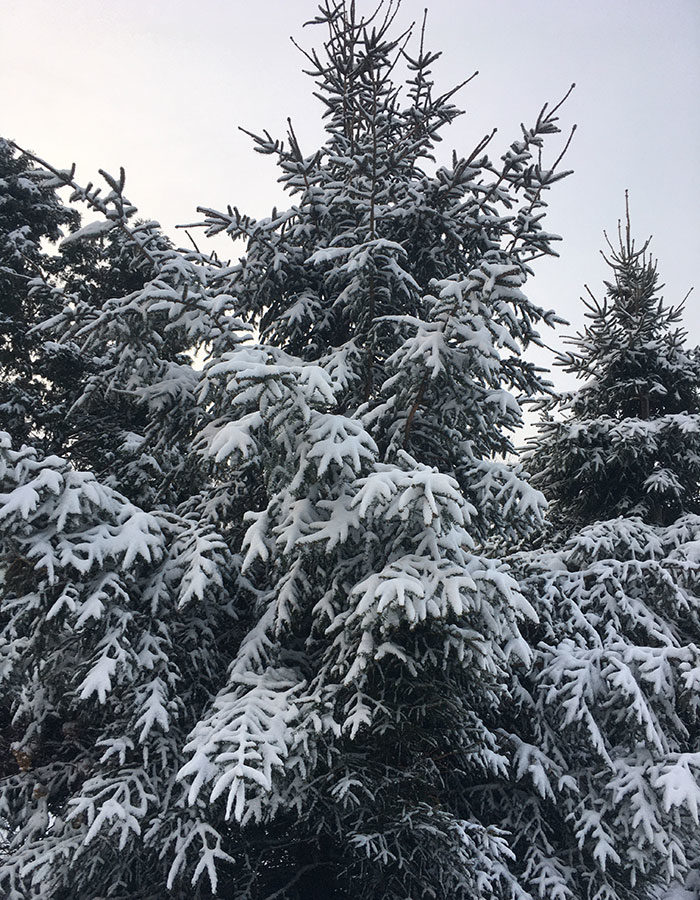
January is for hibernation. But just because the winter weather has given us an excellent excuse to cozy up on the couch with a dog on our feet doesn’t mean we shouldn’t spend that time productively.
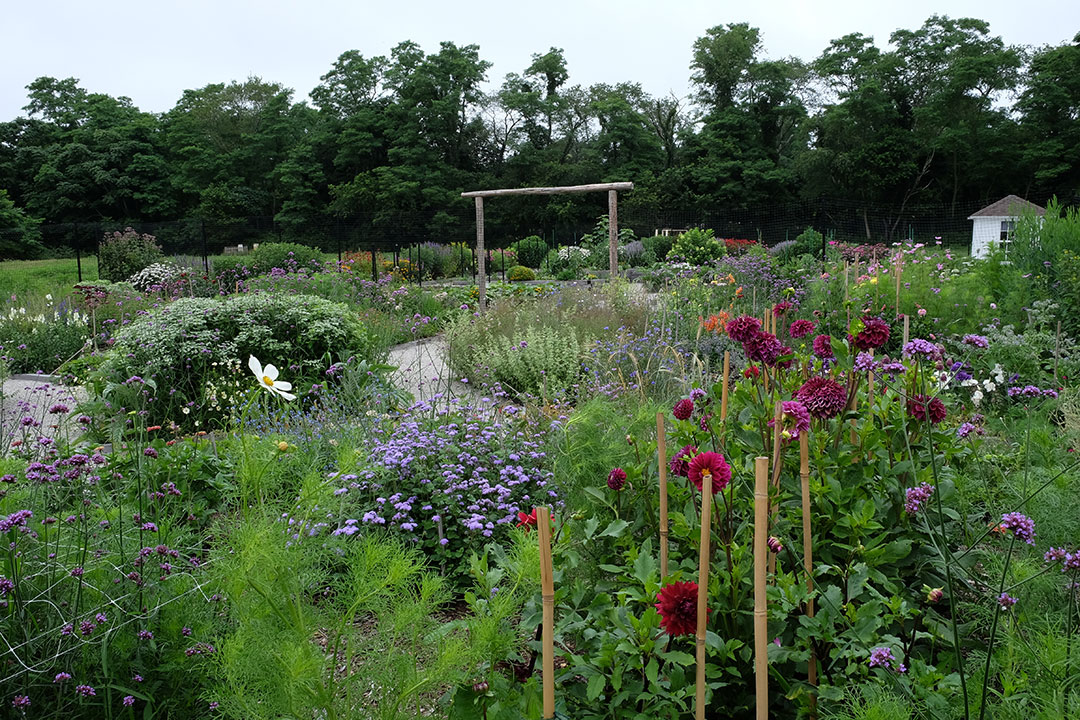
If you keep a garden journal, revisit the notes that you took throughout the year as well as any pictures you took in order to critique your garden’s peaks and gaps. Gaze out every window overlooking the garden, and imagine the possibilities. Sketch design ideas, and make lists of plants that would improve your view now and during the growing season. Daydream like it’s your job.

Read gardening literature. Make stacks on your coffee and bedside tables of the magazines and gardening books that you obtained during the year, and read them cover to cover. Dog-ear pages, cut and paste pictures to a mood board and/or to Pinterest, jot notes, and sketch ideas. Research the problems and questions that arose during the season. Visit the library, consult the internet, and ask friends for advice.
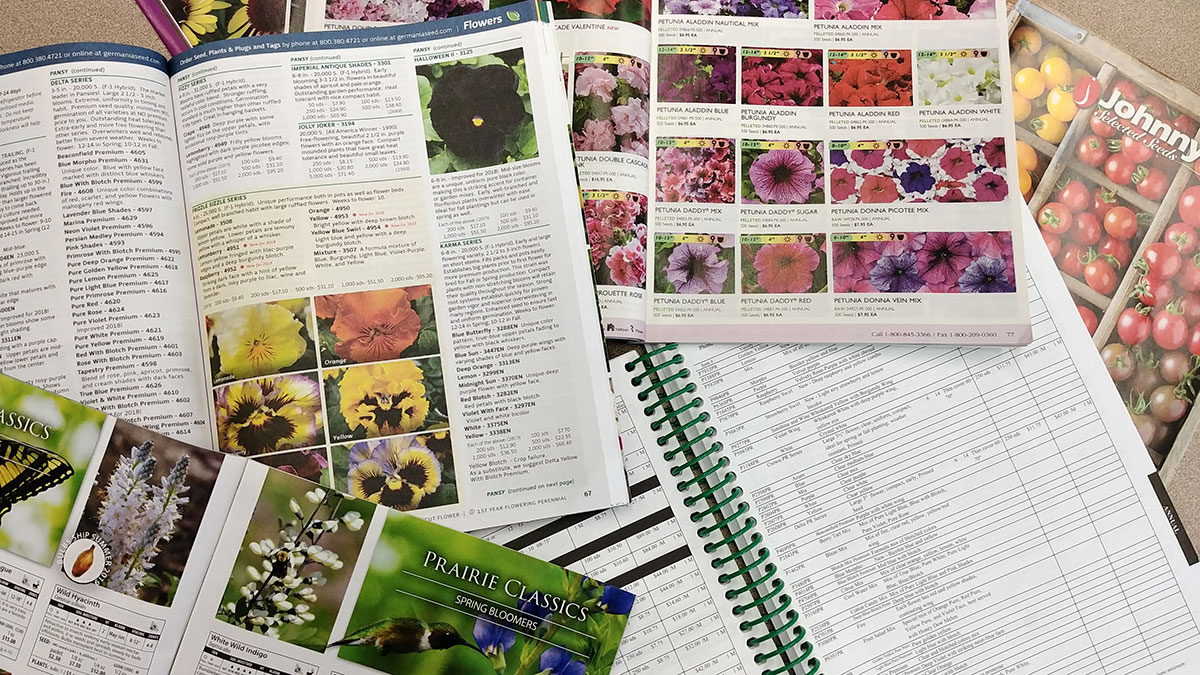
Order seeds. Go through your pile of seed catalogs to circle favorites and write wish lists. Make your final choices and get those orders in by the end of the month. It’s OK to order too much. Seeds are inexpensive, germination rates vary, and extra seeds and seedlings make great gifts.
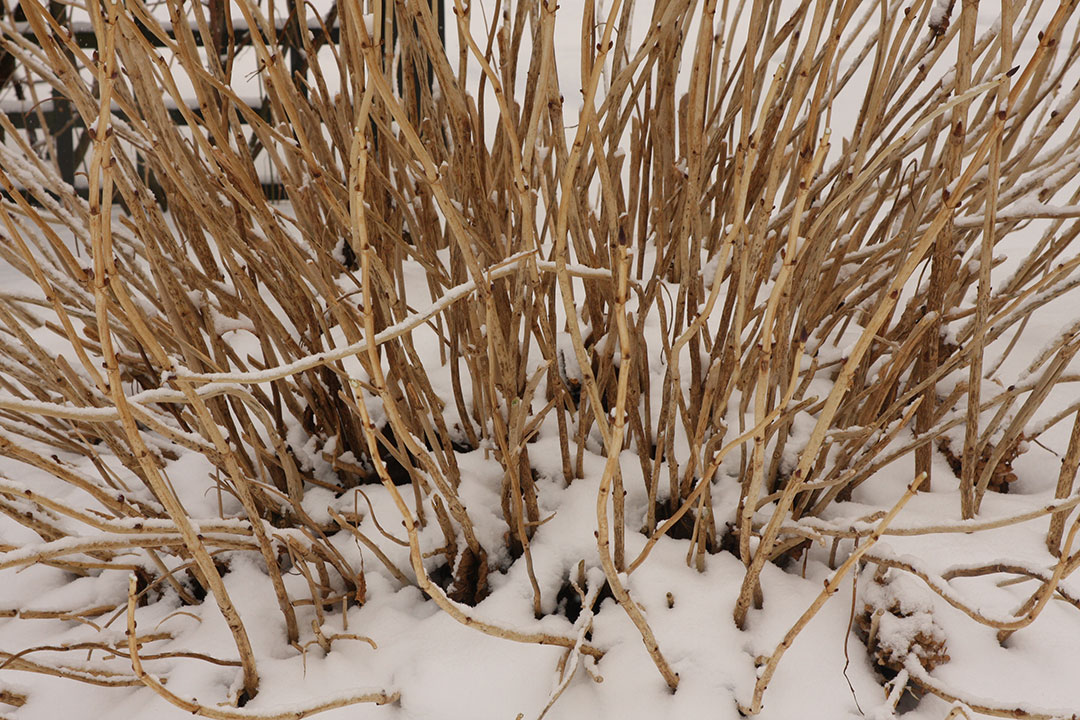
Provide insulation to perennials. Snow cover is a bonus that provides a blank canvas for your imagination as well as insulation for your plants. If snow hasn’t come yet to your garden, place boughs and trimmings from your Christmas tree or holiday arrangements as insulation around the root zones of less hardy trees, shrubs, and perennials.
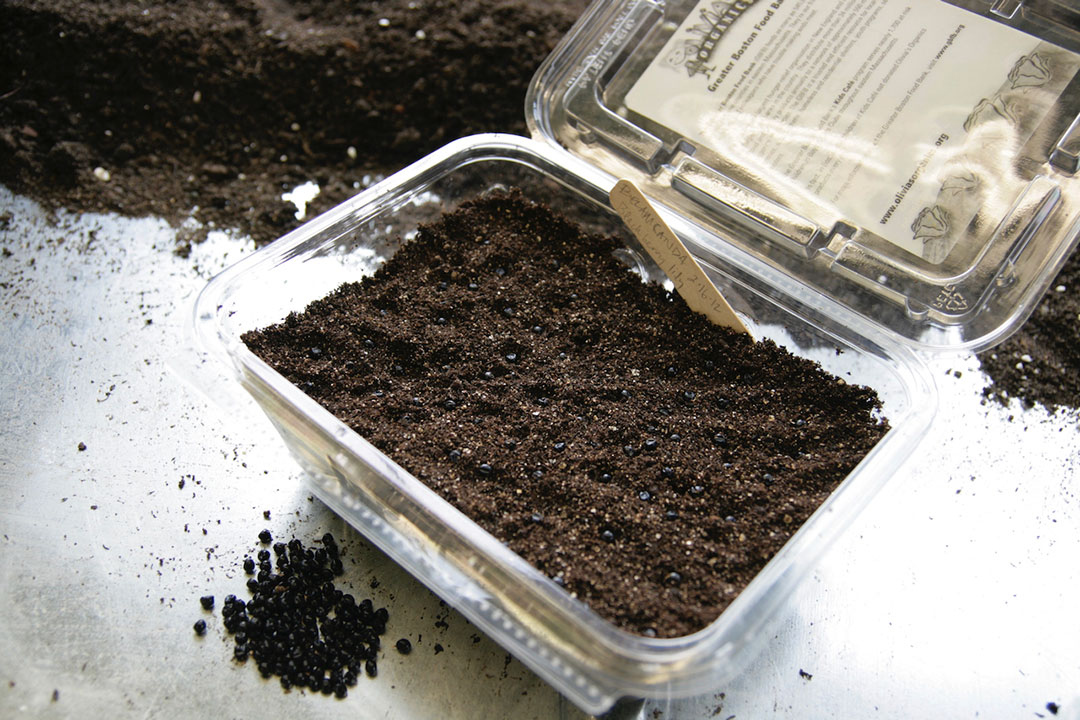
Sow any saved seeds that need stratification—a cycle of freezes and thaws—for successful germination. Direct sow in the ground where you want them to grow to maturity; small seeds may even be sprinkled on top of snow to settle in as it melts (expect some drifting). Or start seeds in disposable containers such as salad boxes, milk cartons, or nursery pots filled with a seed-starting mix devoid of soil. Make sure the containers have drainage holes, and cover them with a window screen, which helps keep critters out and allows in moisture from rain and snow. Place them in a sunny location where you can monitor for supplemental watering and signs of life.
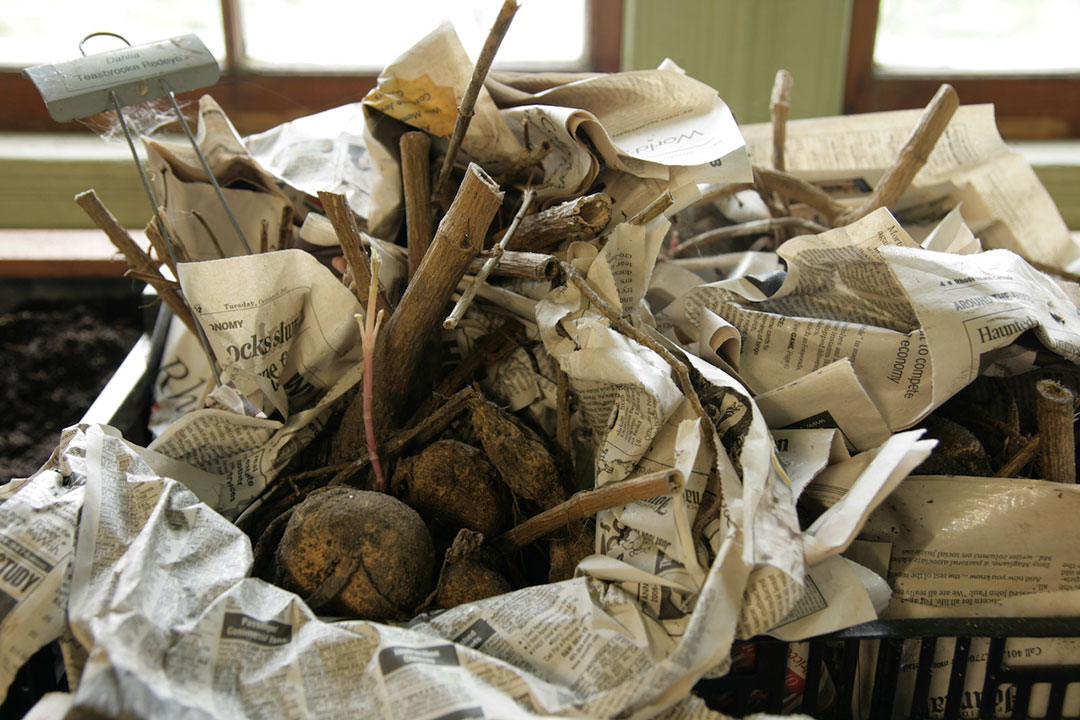
Check on tubers/bulbs in winter storage, with your eyes out for desiccation or mold. Make necessary adjustments. Shriveled tubers should reinflate after being spritzed with water. If your storage area is dry, try placing them in plastic bags of dampened vermiculite or potting soil. In higher humidity conditions, increase air circulation to discourage mold and rot; try placing your tubers/bulbs in open paper bags or loosely wrapped newspaper.
Lastly, reward your diligence and dedication to the garden with another session on the couch with a dog on your feet. If you’re anything like me, you’ll find a few more ideas on the next page or behind your eyelids. Dream on.
—Kristin Green is the author of Plantiful: Start Small, Grow Big With 150 Plants That Spread, Self-sow, and Overwinter. She gardens in Bristol, Rhode Island.
Fine Gardening Recommended Products
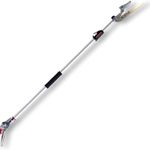
ARS Telescoping Long Reach Pruner
Fine Gardening receives a commission for items purchased through links on this site, including Amazon Associates and other affiliate advertising programs.
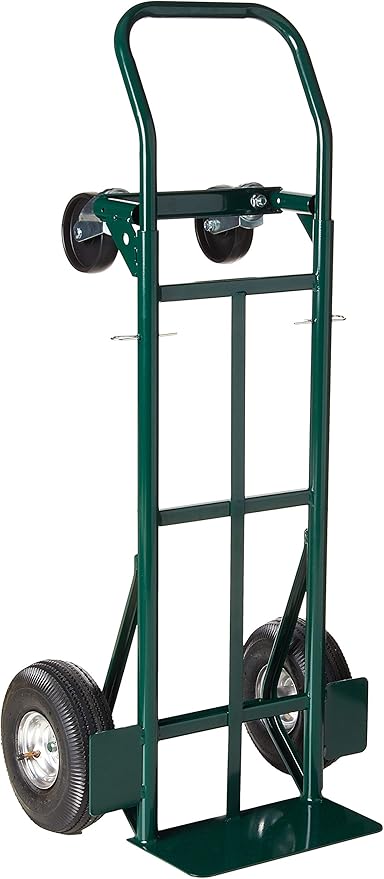
Harper Super Steel 700-lb. Platform Hand Truck
Fine Gardening receives a commission for items purchased through links on this site, including Amazon Associates and other affiliate advertising programs.
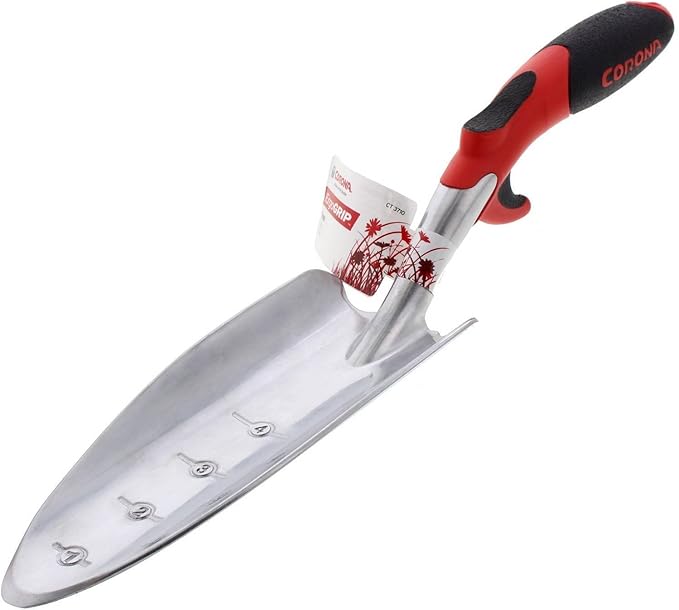
Corona E-Grip Trowel
Fine Gardening receives a commission for items purchased through links on this site, including Amazon Associates and other affiliate advertising programs.







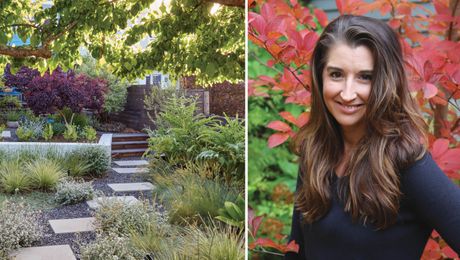
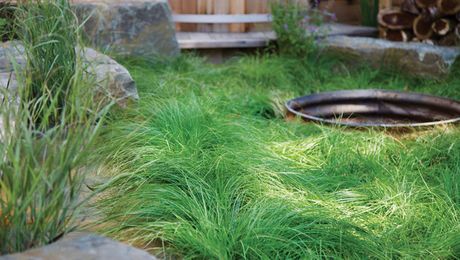
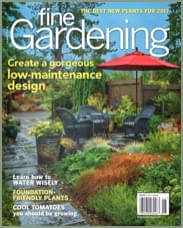

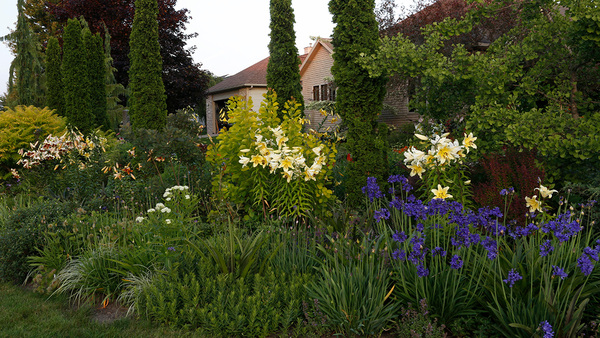



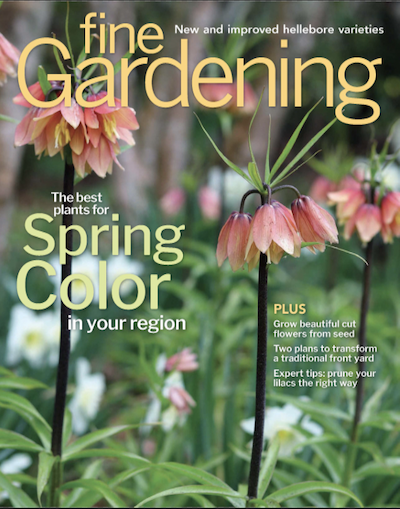



Comments
Kristin, Nice post! I follow your advice...
Log in or create an account to post a comment.
Sign up Log in